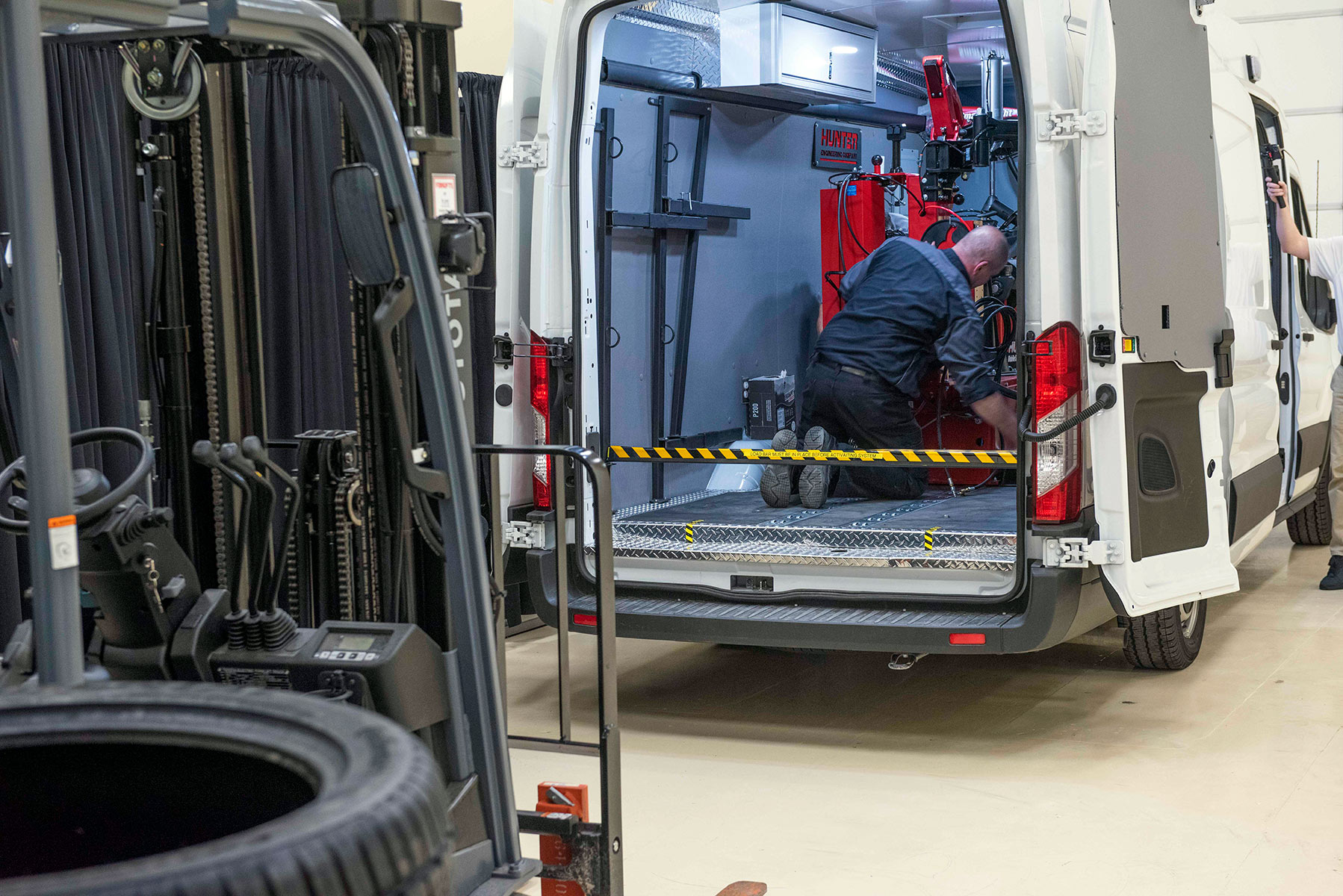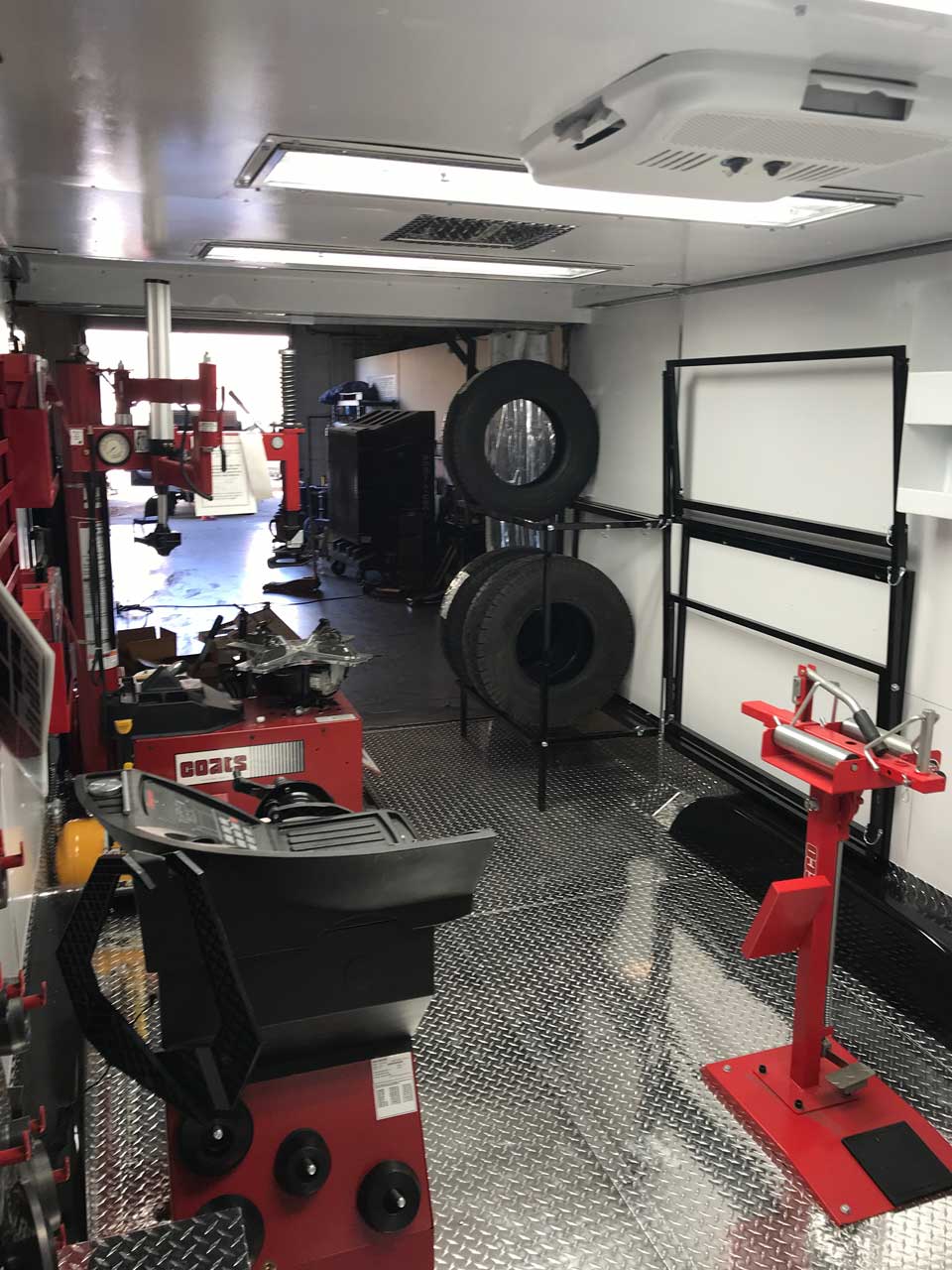Tire Service: Proven Methods for Optimal Tire Maintenance and Care
From guaranteeing correct tire pressure to routine turning and placement, there are tested techniques that can dramatically extend the life-span of your tires and enhance total driving experience. Let's dive right into the world of tire service and uncover the tricks to keeping your tires in excellent form for the lengthy haul - Flat Tire Repair Las Vegas.
Importance of Tire Pressure
Correct tire stress is an important variable in ensuring ideal lorry performance and safety and security when traveling. Maintaining the recommended tire stress levels offered by the manufacturer offers various advantages. Sufficient tire stress advertises far better gas performance, as under-inflated tires can lead to raised rolling resistance, causing the engine to work harder and eat more gas. Proper tire pressure guarantees even walk wear, improving tire long life and conserving money in the long run by postponing the requirement for premature replacements. In addition, correctly inflated tires add to improved handling and stopping capabilities, important for risk-free driving in numerous roadway problems. Over-inflated tires, on the various other hand, can result in minimized grip and a harsher adventure. Alternatively, under-inflated tires are vulnerable to overheating, which can cause crashes and blowouts. Regularly readjusting and inspecting tire pressure, particularly eventually journeys, is an easy yet reliable means to improve vehicle performance, expand tire life-span, and prioritize safety and security when driving.
Tire Rotation Guidelines
When considering tire turning guidelines, it is essential to understand the relevance of this maintenance job in taking full advantage of tire lifespan and maintaining ideal automobile efficiency. Tire rotation involves altering the placement of each tire on a car to make sure even step wear. Front tires tend to wear a lot more swiftly than rear tires due to steering pressures, making routine turning vital for balanced wear patterns.

Advantages of Wheel Alignment
Ensuring proper wheel positioning after tire rotation is vital for keeping well balanced wear patterns and taking full advantage of car performance. Furthermore, proper wheel placement assists to prolong the lifespan of your tires. Misaligned wheels can cause unequal tire wear, leading to early tire replacement and boosted upkeep expenses.

Tire Tread Depth Check
Doing a routine inspection of tire step deepness is necessary for preserving secure driving problems and prolonging the life-span of your tires. The tread on your tires plays an essential role in giving traction, specifically in slippery or damp problems. To examine your tire walk depth, you can use a step depth scale or the penny test. The advised step deepness goes to least 2/32 of an inch. It is time to change your tires to guarantee optimum efficiency and security on the roadway if the step deepness is listed below this threshold. Unequal step wear can suggest concerns with tire alignment, suspension, or pressure, highlighting the relevance of regular tread depth checks. Ignoring to check and preserve correct tread deepness can lead to reduced grip, longer braking distances, and an enhanced threat Mobile Tire Replacement Las Vegas of hydroplaning. By integrating tire tread deepness checks right into your routine upkeep timetable, you can drive with self-confidence knowing that your tires remain in leading condition.
Seasonal Tire Inspection
Seasonal tire examination is a fundamental element of tire upkeep that guarantees tires are all set to face the challenges presented by different weather problems. In preparation for winter months, it is essential to examine the tire stress on a regular basis as cool temperature levels can cause tire pressure to drop. By carrying out regular seasonal tire evaluations, drivers can extend tire lifespan, boost fuel efficiency, and most significantly, guarantee a secure driving experience in varying weather condition problems.
Final Thought
In verdict, preserving correct tire stress, rotating tires consistently, aligning wheels correctly, checking walk depth, and conducting seasonal evaluations are vital techniques for optimal tire care. By adhering to these proven techniques, vehicle drivers can ensure their tires last longer, execute better, and add to total car security. It is important to prioritize tire maintenance our website to avoid mishaps, improve fuel effectiveness, and lengthen the life expectancy of tires.
Sufficient tire stress advertises far better gas effectiveness, as under-inflated tires can lead to boosted rolling resistance, causing the engine to function tougher and eat even more gas.When taking into consideration tire rotation standards, it is important to understand the relevance of this upkeep job in taking full advantage of tire life-span and keeping optimal automobile performance. Seasonal tire assessment is a basic facet of tire maintenance that makes certain tires are prepared to face the difficulties positioned by different climate problems. By performing regular seasonal tire examinations, chauffeurs can extend tire life expectancy, improve fuel efficiency, and most importantly, make sure a safe driving experience in varying weather conditions.
In conclusion, maintaining proper tire stress, revolving tires frequently, aligning wheels appropriately, checking walk deepness, and conducting seasonal evaluations are essential methods for optimal tire care.